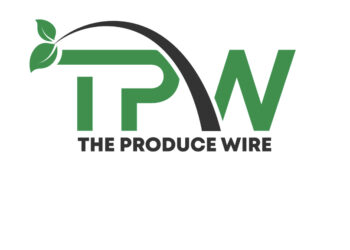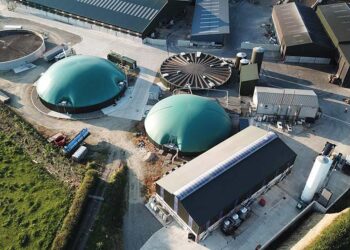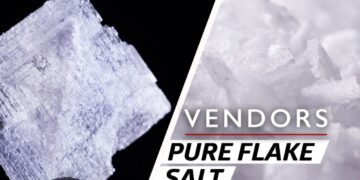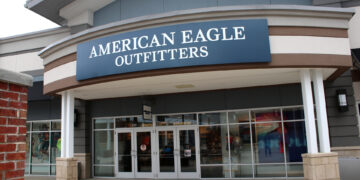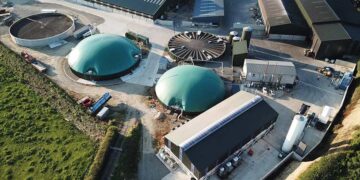The restaurant goes through 360 ribs per week
San Francisco’s House of Prime Rib is one of the most popular and successful restaurants in the city, selling 1,200 orders of dry-aged prime ribs every night and going through 360 ribs each week.
To serve this much meat, the team relies on the same techniques the restaurant has used since it opened in 1949, including submerging the prime rib in salt before it gets cooked.
Once the prime rib has been taken out of the dry-aging room, it gets completely submerged in rock salt; the goal is to not see any of the meat. This process helps retain its moisture. “You want to have the beef nice and moist,” says owner Joe Betz.
Once the salt is in place, the meat is put into the oven for around two and a half hours at a medium temperature. The salt helps trap the heat to better cook the prime rib. “It conducts the heat and seals it,” says Betz.
When the time is up, the team takes it out of the oven, and it rests for another couple of hours. Betz says this is so the juices can redistribute back into the beef and because the salt retains heat, the ribs continue cooking outside of the oven.
The team uses a large wooden oar to break up the salt beds, and once they’re cracked open, steam emerges from the ribs.
Watch the full video to see how House of Prime Rib carves and serves its ribs tableside for guests at the restaurant.


